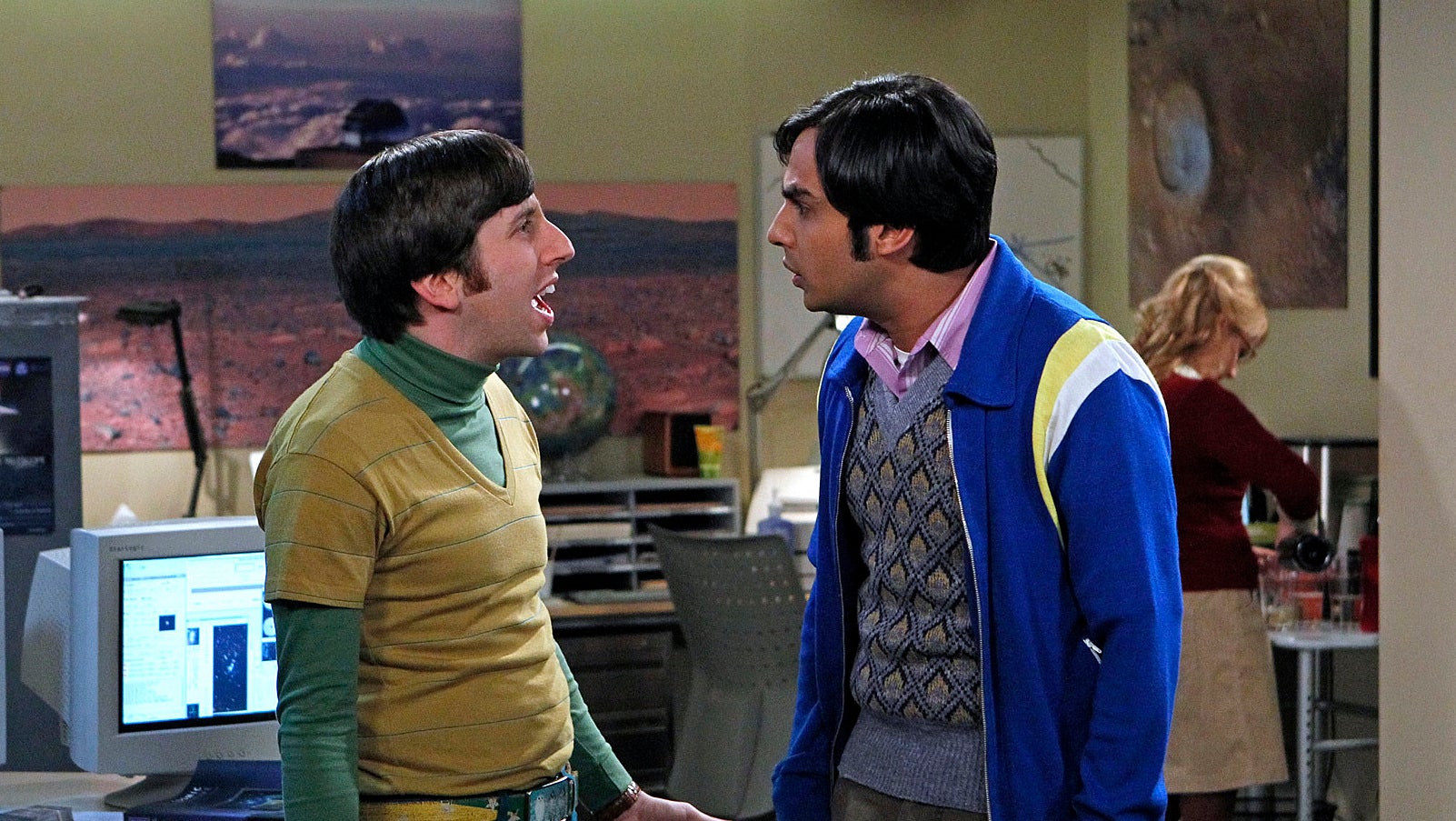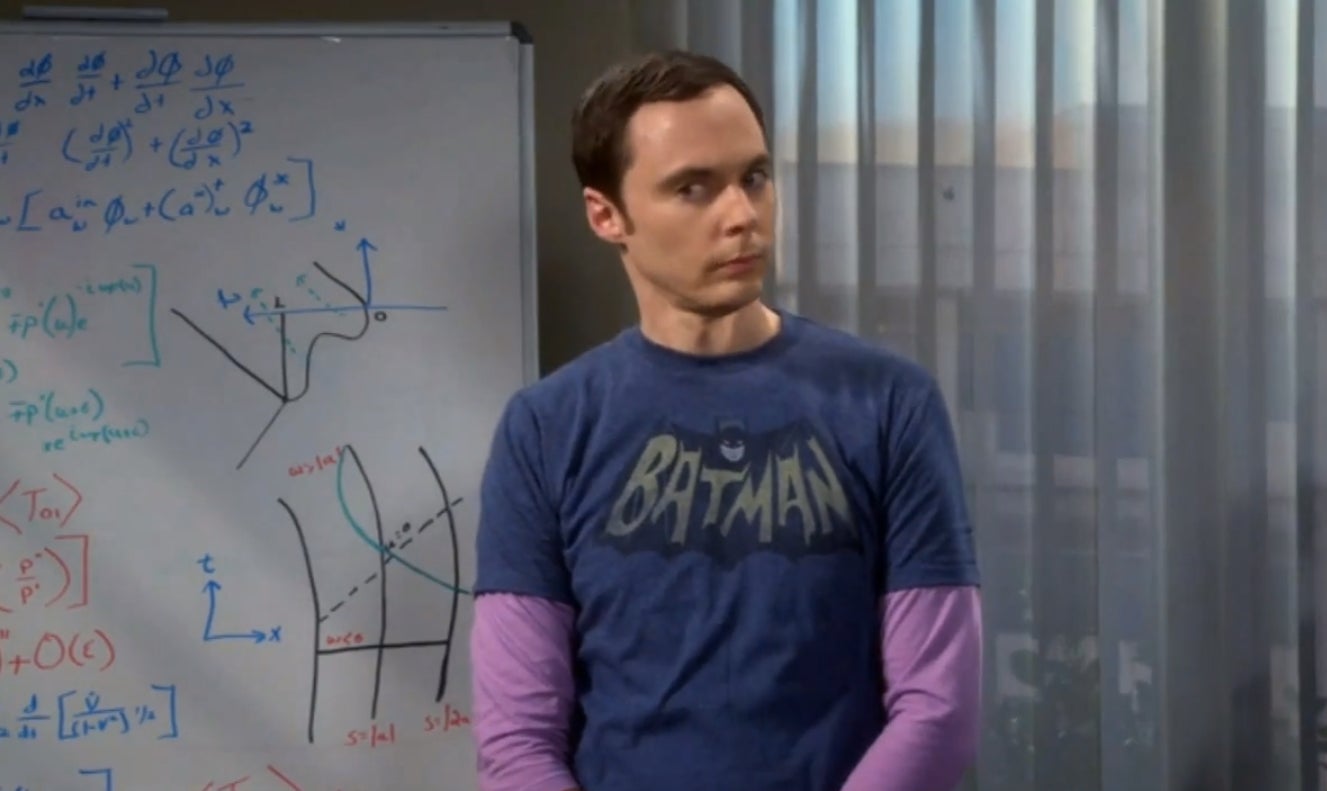Computer science stereotypes are getting worse, not better
When I graduated in the 1980s, the computer science field was about 30 to 40 percent female. Since then, the field has dramatically retrogressed in terms of gender diversity.


When I graduated in the 1980s, the computer science field was about 30 to 40 percent female. Since then, the field has dramatically retrogressed in terms of gender diversity.
As we celebrated International Women’s Day on March 8, we must always acknowledge the unsettling fact that the computer science industry today is less than 20% women.
Countless studies have looked into what has driven such skewed demographics, but let’s start with media portrayal.
As the field emerged in the 80s, it was free of any preconceived notions of what a computer scientist should look like. But think about shows today like The Big Bang Theory. Dialogue between Sheldon Cooper and his peers certainly seems funny from an outsiders perspective, but it’s not exactly a strong recruiting tool. Not many people would enjoy going to work with such a condescending personality.

In one of my classes at Siena College, we examined approximately 120 movies, like Jurassic Park and Office Space, and quickly found that very few depict computer scientists in an attractive light. Even fewer of those are women.
Even more frustrating is how far behind our students already are when they arrive on campus. Most states, including here in New York, lack any kind of computer science requirement for high school graduation. Very few schools offer it, especially in an era of shrinking educational funding. With no formal introduction, the only exposure many youth have is what they’ve seen on TV or in the movies.
At Siena, we’ve been forced to create our own pipeline of women into the department. Our department has only had one incoming female freshman over the last three years, but upon graduation, our department is about 30 percent female.
To help grow our department, we make sure the introductory class is staffed with some of our best full-time tenure track faculty. For a lot of students, this is their first exposure to computer science. If it’s not a good experience, it may also be their last.
The national average sits around 11-12 percent female for computer science programs. We’ll never improve on those numbers if we’re not actively encouraging girls to consider the field.
Knowing computer science is one of the most marketable skills students can possess as they head into the workforce today, and a firm foundation can lead to a very lucrative career path with opportunities to work from home and set your own hours. This added flexibility can be a tremendous benefit to women who for decades have too often had to make either personal or professional concessions when it came to weighing possibly starting a family or continuing further in a career.
But on top of the benefits for the workers, the industry itself needs women’s voices to be heard. Studies show that mixed gender teams and companies that have mixed gender boards perform better. We’re handcuffing ourselves if we don’t do a better job to encourage women to enter the field.
The sooner we accept that socially awkward males with thick glasses and pocket protectors are not necessarily the pinnacle of computer science, the sooner we can advance the field by including women.
Computer science has come a long way in its short history. It’s time we make gender stereotypes a thing of the past, like floppy disks and Commodore 64s.